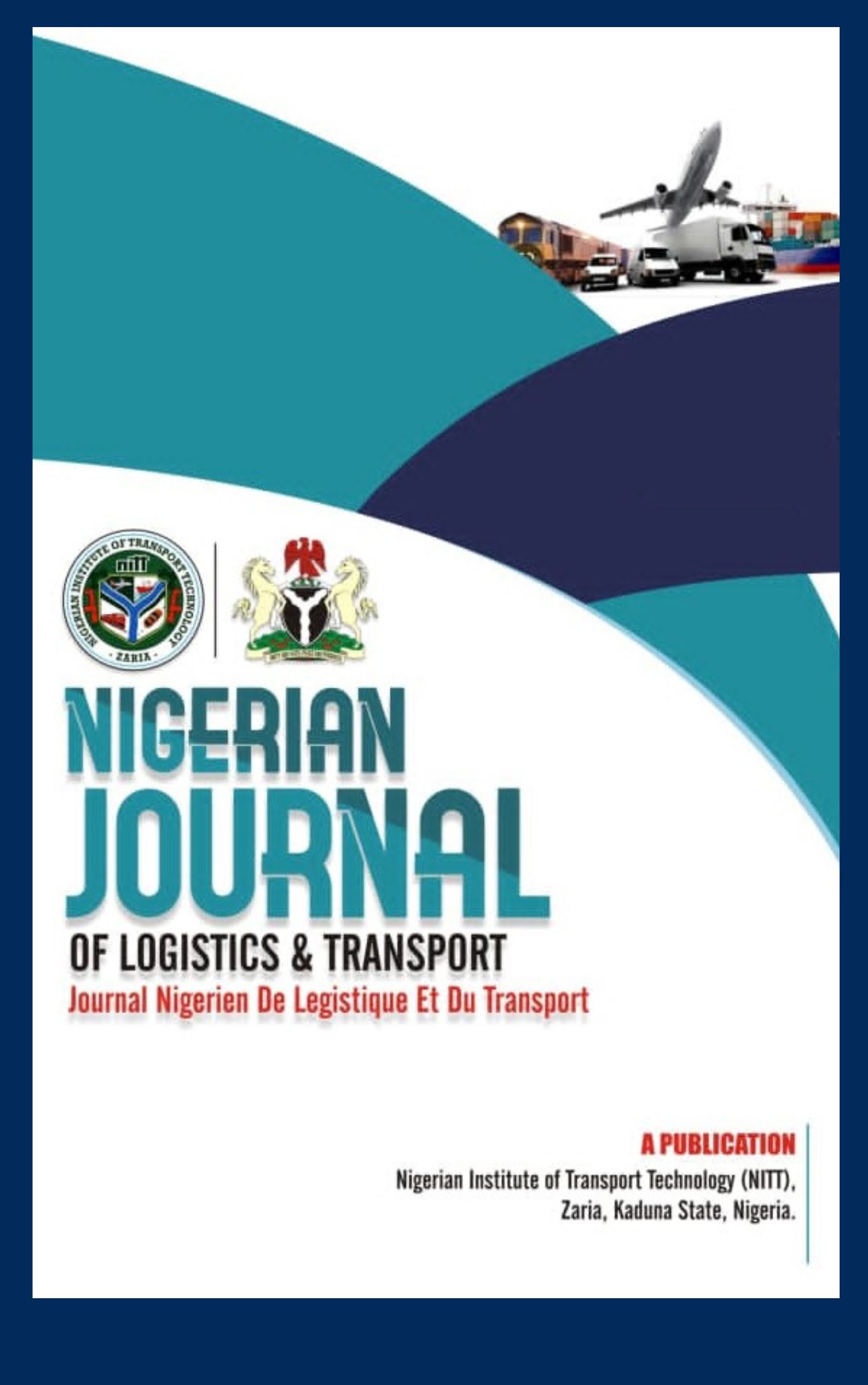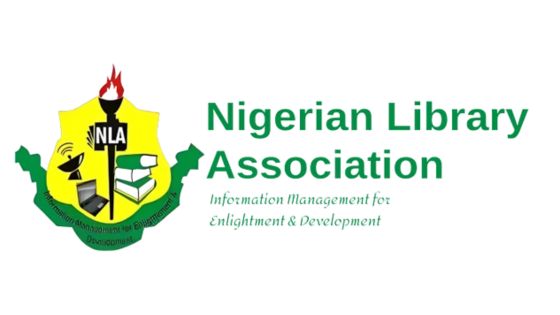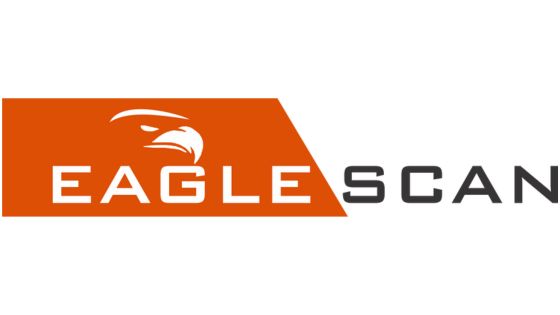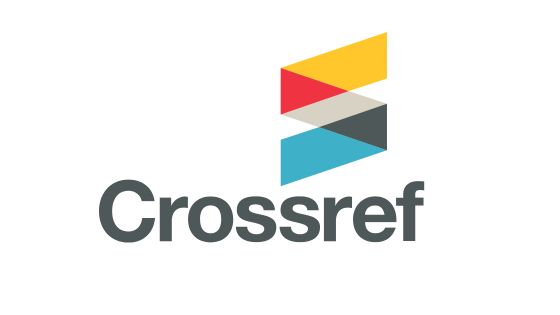Abstract
This study assessed the causes of traffic congestion in Gusau, Zamfara State, Nigeria with a view to suggesting solutions to help government and policy makers towards better cost- effective management of the problem as traffic congestion leads to loss of time and several economic and social losses if not mitigated. The method of data collection employed for the study was through traffic count and manual observation of the land use pattern as well as the functionality of the road complimentary facilities along the study route. The study revealed that the highest cause of traffic congestion was found to be too many buses/taxis with 205 (30.06%) in 2020 while the least cause of traffic congestion was found to be ongoing construction activities with 3 (6.52%) in 2018. Meanwhile, the vehicular traffic at peak hour was highest on Friday between 08:00 to 09:00 with 5619 (25.63%) while the least peak hour vehicular traffic was recorded on Wednesday between 07:00 to 08:00 with 3680 (24.86%) at the outflow direction. At the inflow direction, vehicular traffic at peak hour was highest on Friday between 09:00 to 10:00 with 5393 (24.60%) while the least peak hour vehicular traffic was recorded on Wednesday between 08:00 to 09:00 with 3906 (25.14%). The study recommended that public transport schemes made up of large buses should be provided in Gusau, the Zaria Road end of the study route should be dualized and temporary structures along the study route that are within the right of way should be removed so that they do not contribute to traffic congestion.



 National Library of Nigeria
National Library of Nigeria.jpg) Association of Nigerian Authors
Association of Nigerian Authors Nigerian Library Association
Nigerian Library Association EagleScan
EagleScan Crossref
Crossref